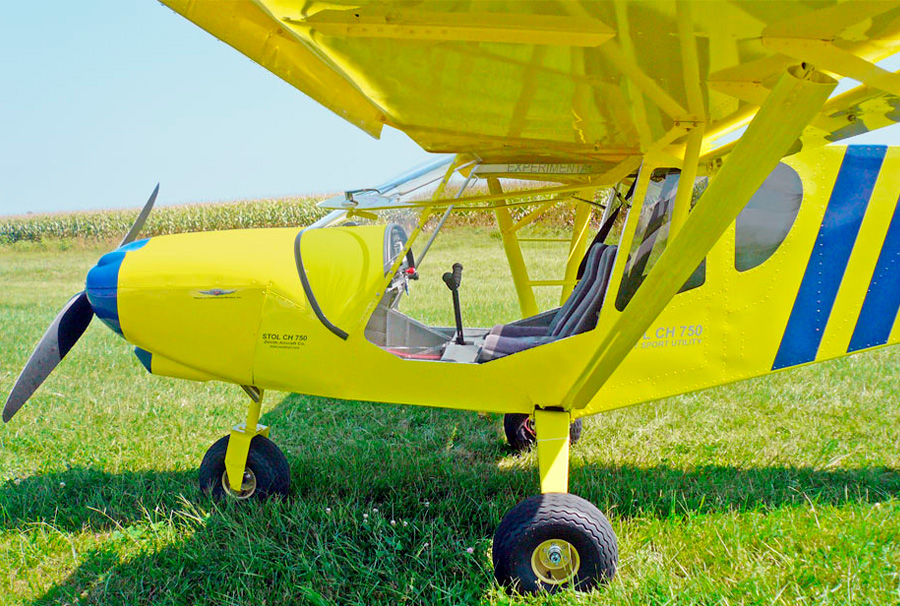
Zenith STOL CH 750
Основанный на популярной модели STOL CH 701, самолет STOL CH 750 включает в себя все возможности предшественника, при этом максимально увеличив размер кабины и грузоподъемность.
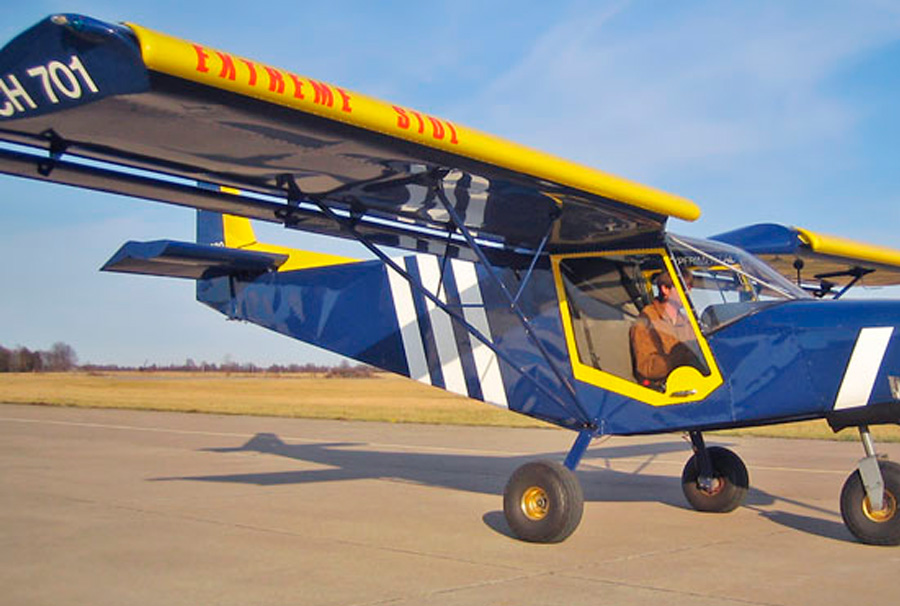
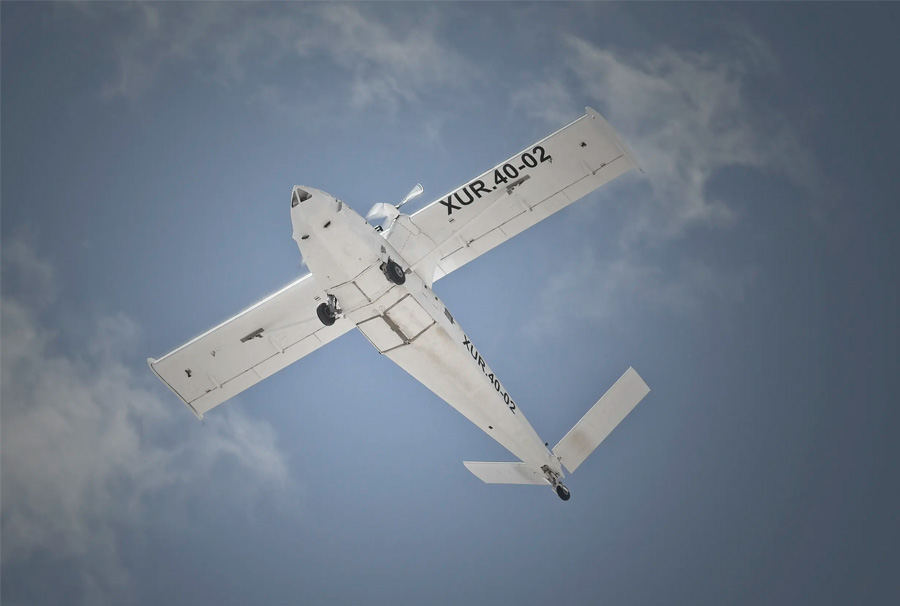
Flyox (Singular Aircraft)
Многоцелевой беспилотный гидросамолет Flyox призван расширить возможности использования по всему миру.
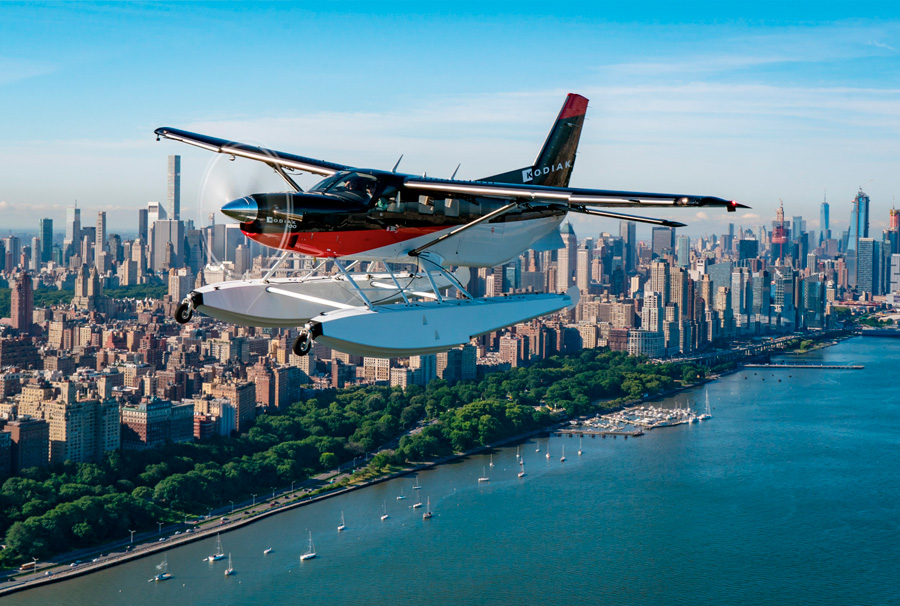
Quest Kodiak
Линейка самолетов Kodiak была основана на Тихоокеанском Северо-Западе с миссией - разработать и произвести новое поколение самолетов с коротким взлетом и посадкой, способных доставлять тяжелые…
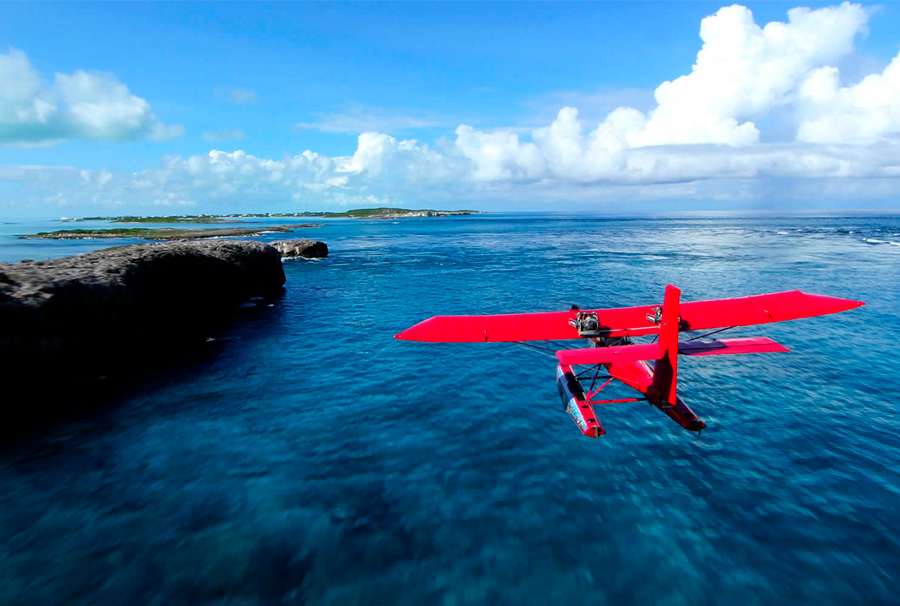
Aircam
AirCam - это двухмоторный экспериментальный любительский самолет с открытой кабиной, разработанный и спроектированный с учетом требований безопасности, видимости и многофункциональности.
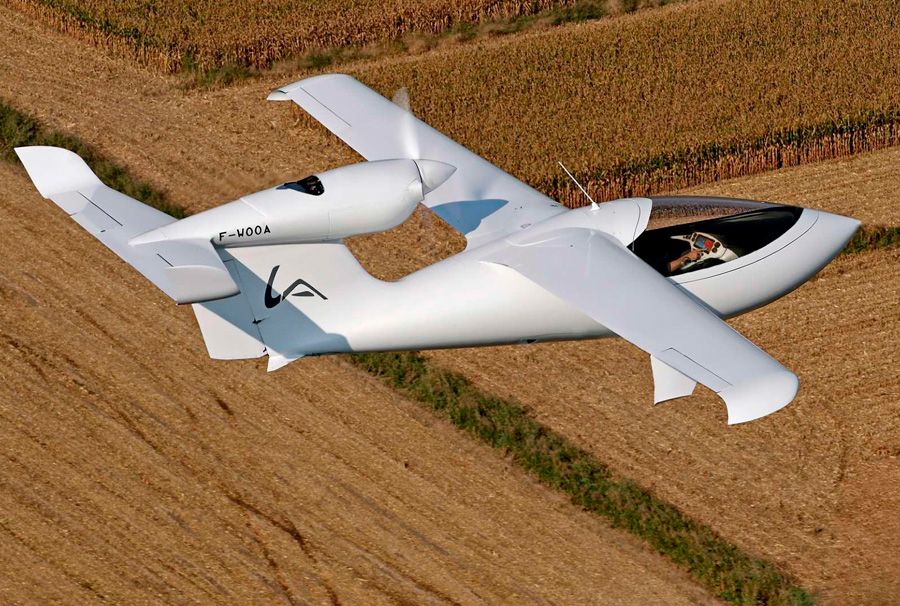
LISA Akoya
Один, если по суше, два, если по морю, три, если по снегу? С Akoya, высококлассным самолетом-амфибией от LISA Airplanes, вы можете взлетать и садиться на…
Icon A5
Icon A5 предназначен не для коммерческих или городских полетов, а скорее для наслаждения самим процессом полета. Он превращает полет из средства передвижения в спорт -…
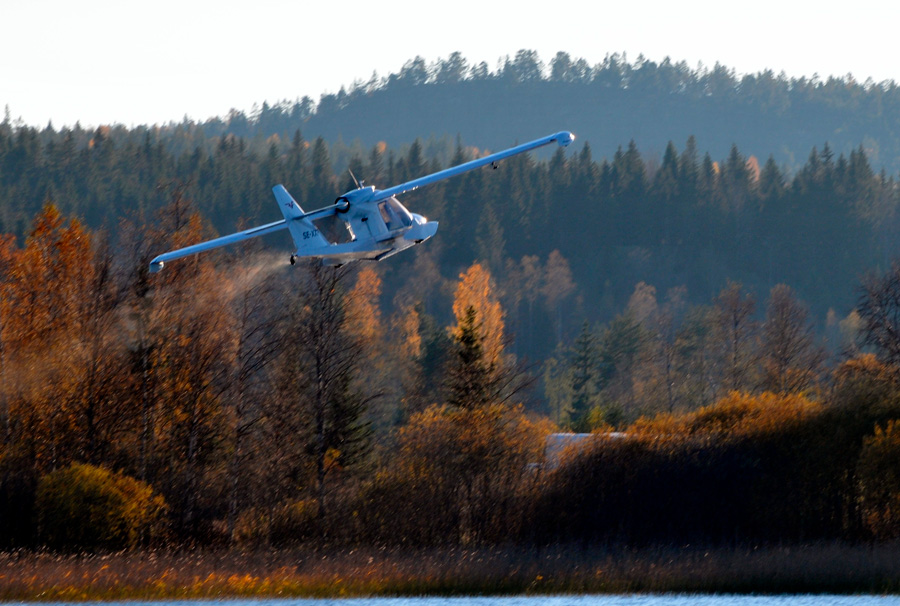
LN-3 Seagull
LN-3 Seagull - это гидросамолет с двумя сиденьями и двигателем, расположенным в верхней части отсека AFT.

Gweduck
Gweduck - инновационный самолет-амфибия, сочетающий классические элементы дизайна с передовыми материалами и технологиями. Благодаря этому он одинаково хорошо чувствует себя на земле, в полете или…
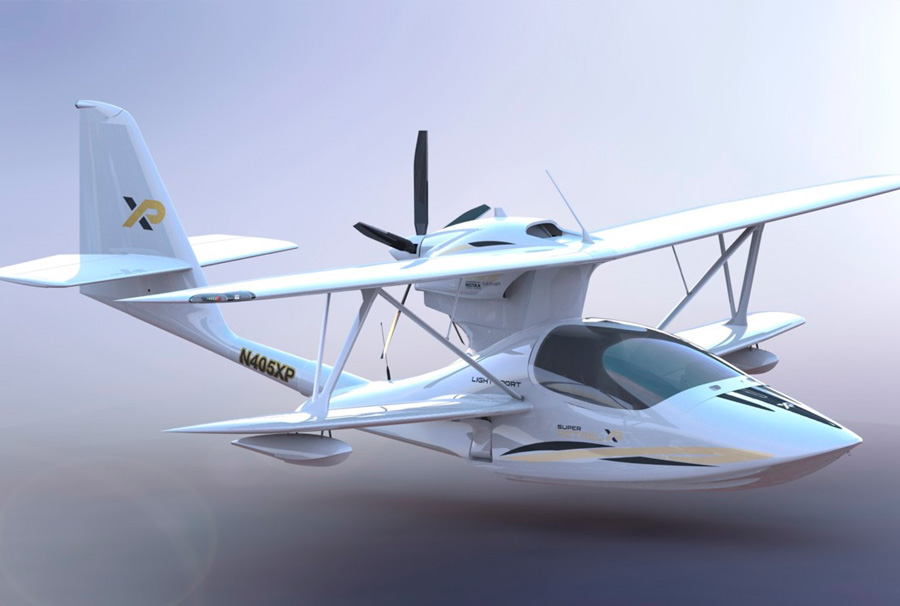
Super Petrel XP
Новая модель Super Petrel XP это кульминация двух десятилетий работы увлеченной команды Scoda Aeronautica в бразильском городе Ипеуна.
- 1
- 2
- 3
- …
- 5
- Следующая страница →